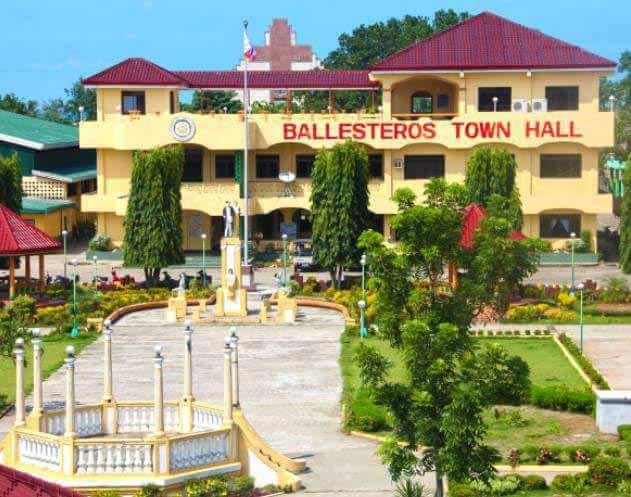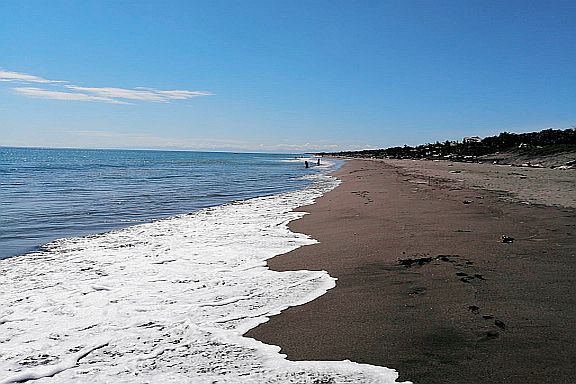The Historical Evolution of Ballesteros, Cagayan

Ballesteros, a quaint municipality in the province of Cagayan, Philippines, has a rich history that dates back to its early days as a barrio. Originally known as Santa Cruz, it was part of the neighboring town of Abulug. The transformation from a mere barrio to a full-fledged municipality in 1911 is a tale of community development and local leadership that still resonates with the residents today.
The name Ballesteros was given in honor of Gregorio Ballesteros, a dedicated Filipino priest whose leadership was instrumental in the development of the area. Father Ballesteros was not just a spiritual leader but also a visionary who saw the potential of Santa Cruz as an independent and thriving community. Under his guidance, the people of Santa Cruz worked together to foster a sense of identity and self-sufficiency that ultimately led them to seek independence from Abulug.
The year 1911 marked a significant turning point for the community as it officially became an independent municipality. This milestone was not merely a change in administrative status but represented a new beginning for the locals. They were now able to govern themselves and make decisions that were best for their development. The legacy of Father Ballesteros lives on in the spirit of the town, driving the community to continually strive for growth and improvement.
Today, Ballesteros is known for its rich cultural heritage and its people’s enduring spirit of independence and cooperation. The town celebrates its history and roots through various local festivals and events that also attract visitors from around the region. These celebrations are not only a nod to their past but also a way to bring the community together, reinforcing the values instilled by their forebearers.


